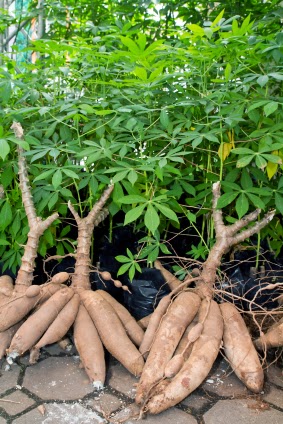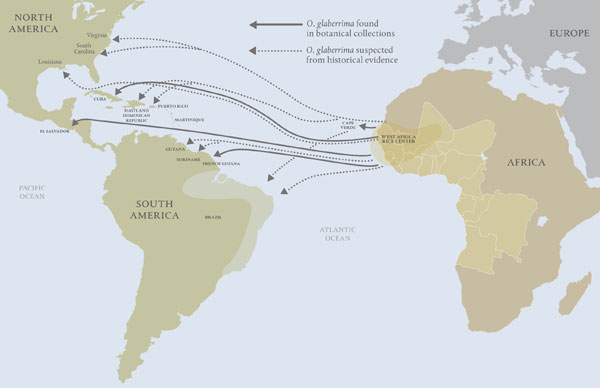1-26-18
ch. 3
the food that sustained the slave trade
European foods didn't grow well in tropical Africa

local grain (rice, sorghum and millet) and tubers were grown on
estates in Africa run with slave labor and also traded for with
Africans
foods from the Americas--maize (corn) and manioc
(cassava)--started to be grown in Africa
processing
of manioc
women played a key role in agriculture: garden plots,
processing, sometimes all the farming while men hunted
maize was well suited for trade and shipping, though less nutritious
slaves were taken away from their traditional foods
maize was harvested at a different time than sorghum and yams so
allowed agriculture to be intensified
even if used to replace sorghum, it was more productive
indigenous slaves (slaves held by Africans) sometimes had the
right to cultivate their own food
how was slavery justified?
ch. 4
so many ships left Africa carrying slaves that it was difficult
to find enough provisions for the journey
enslaved women were essential to prepare the food
surplus food could be planted
kola nuts
with the benefits of chocolate but a more bitter taste
what did it mean to be fed food that wasn't your tradition

